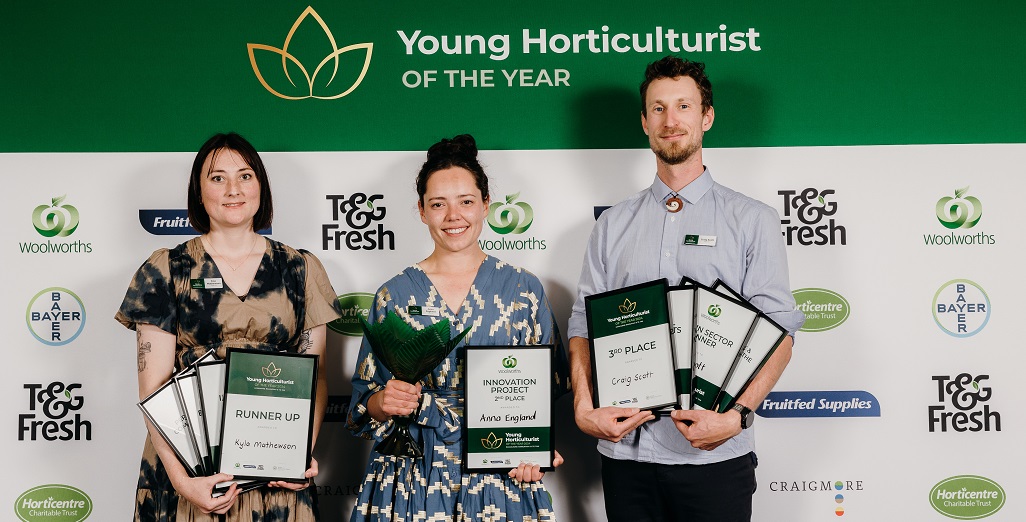Sign up here to subscribe to the Grower2grower Ezine. Every two weeks you will receive new articles, specific to the protected cropping industry, informing you of industry news and events straight to your inbox.
Nov 2020
MedCan 2020
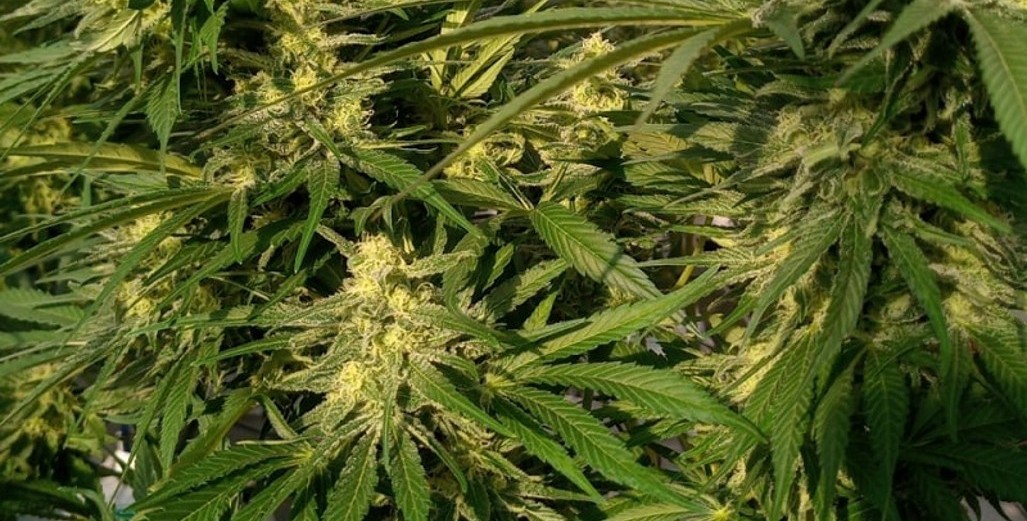
What is the Standard Operating Procedure for growing the plants?
Last week I attended Med Can 2020, at the Aotea Centre in Auckland, New Zealand. I was fortunate to receive an invitation from Apex Greenhouse Ltd to attend. I was curious to understand more about post-harvest production and procedures, but this was purely from an interest point of view. Post-harvest manufacturing (after drying) is not my area of expertise and is for other specialists i.e. pharmaceutical companies etc. However, as a greenhouse advisor I am very interested in all aspects of growing MC plants. The hardest phase for any start-up company is the pre-production research and development then selecting mother stock or stocks. Once this is established it then becomes a race to build growing facilities and then multiply plants to fill up growing areas. As a long-term greenhouse grower and advisor, I think this is a straight forward process but unlike a typical greenhouse vegetable setup there are multiple Standard Operating Procedure (SOP’s) for the growing of Cannabis cultivars.
When initial R&D is completed growers will select their own unique mother stock (as there is currently no F1 Hybrid in the world) each and every company’s mother stock will most probably contain different characteristics. The different characteristics may alter growth habits. The growth patterns may vary from only slightly different to quite a lot different. For example, determining from day one the optimal plant spacing will be an educated guess. This is why constant trials will be required to determine best practice for each individual company.
For other growing requirements, such as irrigation, temperature, humidity and lighting needs, there is excellent knowledge in regards to the set points and targets required. However, I think it will take some time to fine-tune all growing requirements for every individual mother stock. If companies can achieve ultimate growing strategies, similar to what greenhouse vegetable growers are focused on, this will improve chances of growing success. For the greenhouse vegetable market, new, improved varieties are constantly being introduced. More often than not new varieties require a total rethink of growing set points. If the same happens for Cannabis then growers will constantly require the ability to be flexible and adjust growing strategies.
Greenhouse or Factory:
As I interacted with several of the major companies, setting up growing facilities in NZ, the most common denominator is that not one had a similar SOP for their individual growing facilities. In fact, they are in some cases totally opposite in their opinions.
There are good arguments for both. For instance, in a factory setup if the installation is done properly companies should be able to achieve the exact same climate every single crop to then extract the exact same consistency of product each and every harvest. For greenhouse production the lighting system will need to be developed so the artificial light levels match the peak light levels you will achieve in summer as a minimum. Cannabis tolerates intense light levels so this is achievable without causing plants to produce differently in summer or winter.
Twelve hours of light and twelve hours of darkness are crucial when growing cannabis. A factory offers an advantage that you can turn the lights on and off at exactly the same time and you never have the fear of any light disrupting the growth cycle. For a glasshouse if the blackout screen even has the smallest gap then the area that has light penetrating those plants will be affected.
Controlling temperature and humidity when closing screens in a glasshouse will require the correct environmental control for example, heating ventilation air conditioning systems (HVAC). This will be the same for factory setups but it possibly gives factory an advantage as long as the insulation is up to scratch in the facility. Cannabis plants are susceptible to fungal infection that can render the product useless and wipe out crops fast. There are currently very limited chemicals registered for MC, if any.
My Opinion – Both work
There are pluses and minuses for the different growing facilities, and in my opinion either system works and can work well. Personally, I lean towards a greenhouse rather than a factory. Below are several reasons why I would consider a greenhouse over a factory growing operation.
- Energy costs
- Labour and production efficiency
- Venting ability (insurance)
- Internal setup
What happens if MC becomes a commodity?
This industry is in its infancy and commercial production is not quite a reality in NZ. However, what happens if or when MC becomes a commodity. Like the current vegetable greenhouse industry, for companies to return a profit they need to control their largest costs to remain competitive. From a greenhouse growers’ point of view, energy and labour are two of the biggest expenses and would have a bearing on the decision.
MedCan 2020
MedCan was great for networking and to finally put a face to a name- I met many contacts I have had phone conversations or e-mails correspondence with. Conferences are important to make connections with growers, suppliers and industry manufacturers. The industry has a long way to go and I look forward to future events.
Below Photo Gallery of MedCan 2020
Nathan Hewson from Advanced Hort was working alongside Apex Greenhouses at their combined stand. https://www.advancedhort.co.nz/
Great to meet and chat with co-founder and CEO of Cannasouth – Mark Lucas https://www.cannasouth.co.nz/
Special thanks to Apex for the invitation to attend. https://apexgreenhouses.com.au/
MedCan 2020 attracted hundreds of delegates.
I appreciate your comments. Please feel free to comment on the grower2grower Facebook page:
https://www.facebook.com/StefanGrower2grower/
Article Written and compiled by Stefan Vogrincic, Consultant, Grower2Grower
Article Edited by Marie Vogrincic, Editor, Grower2Grower
CLASSIFIED
Subscribe to our E-Zine
More
From This Category

Sarah Adams receives prestigious Robin Davidson Memorial Award for 2024
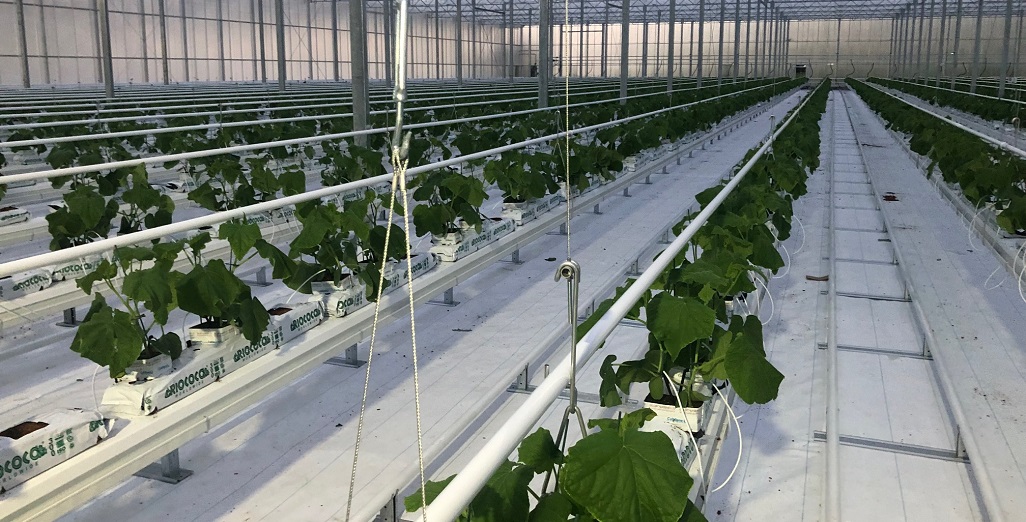
Vegetables Big Day Out
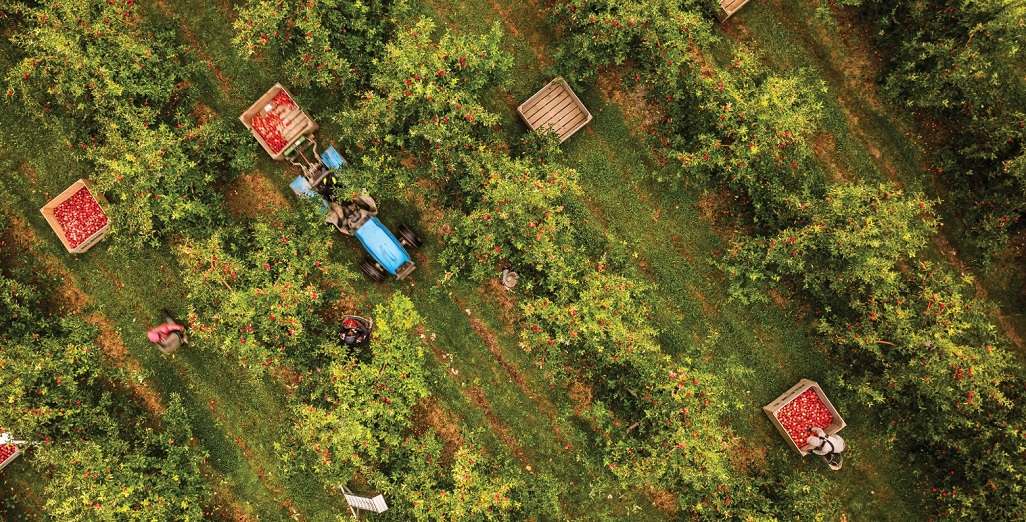
a1 Apple Website Launched to Complement Brand Refresh
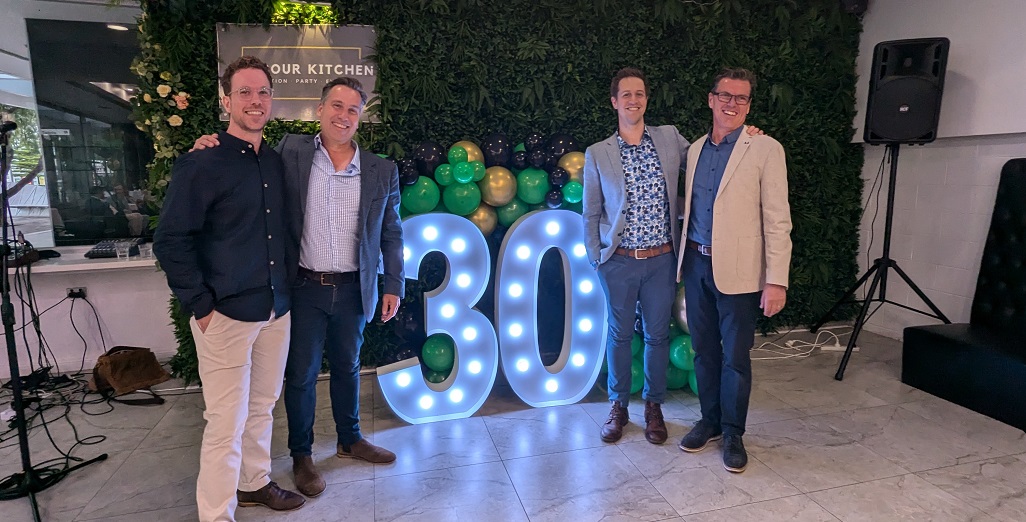
Powerplants 30th Anniversary Celebration
